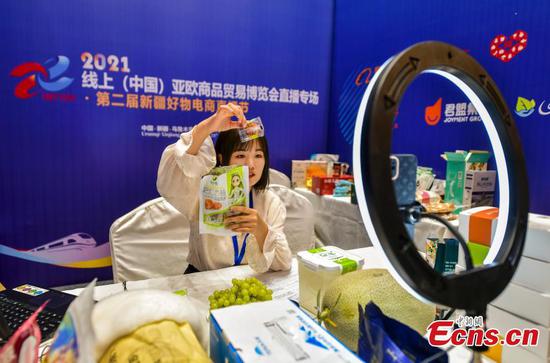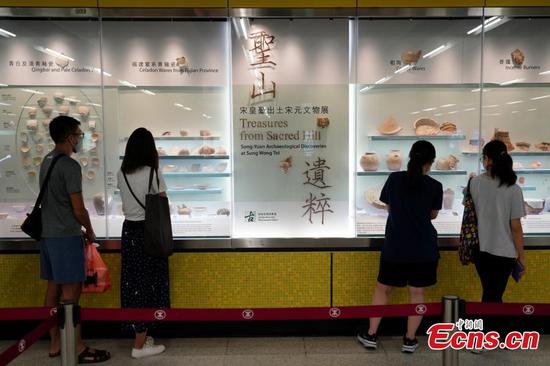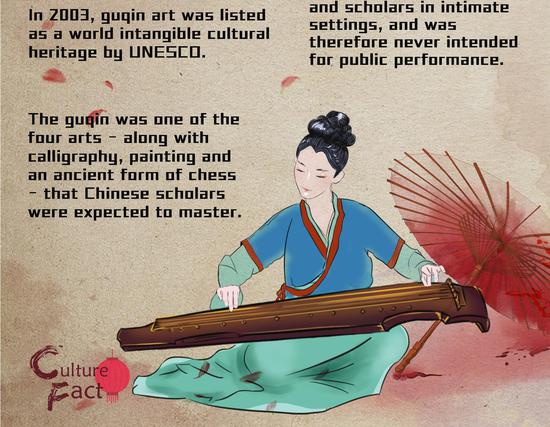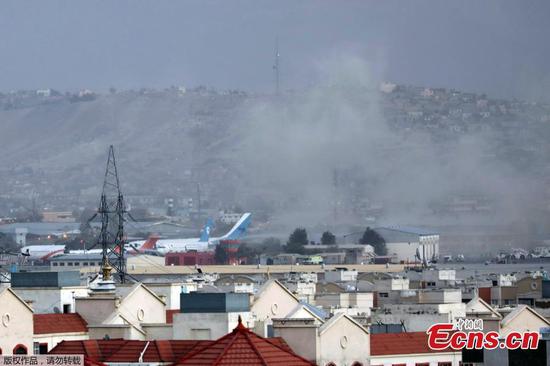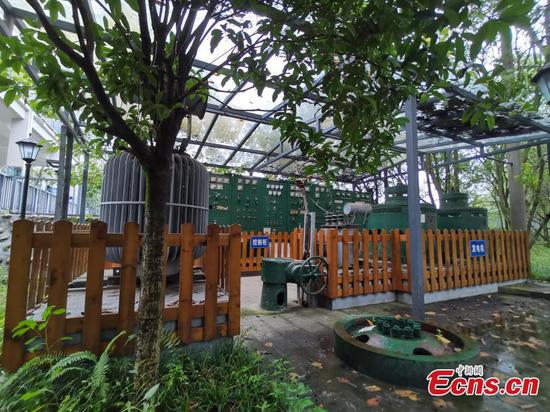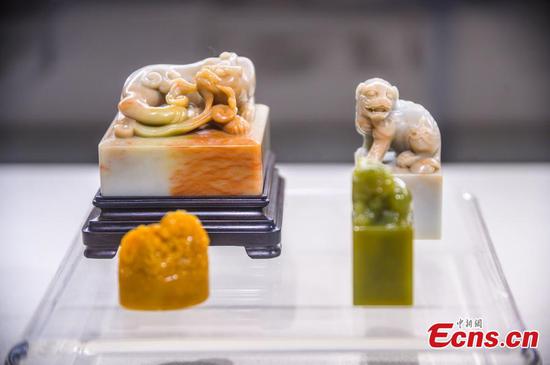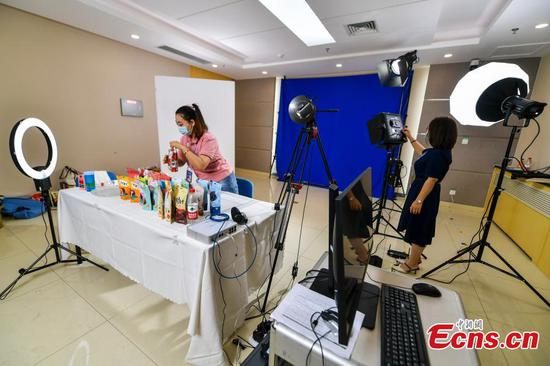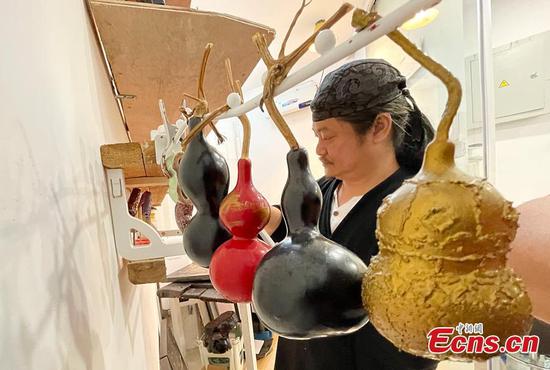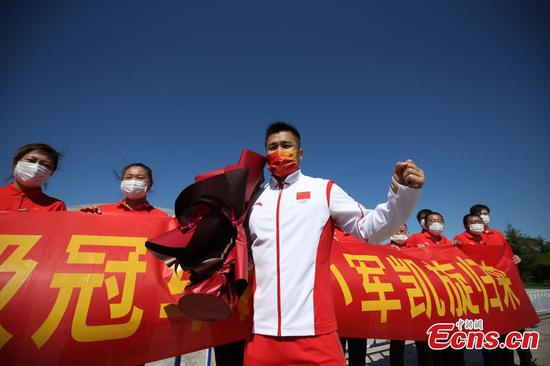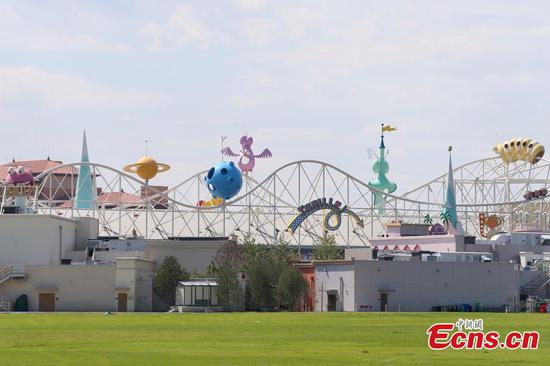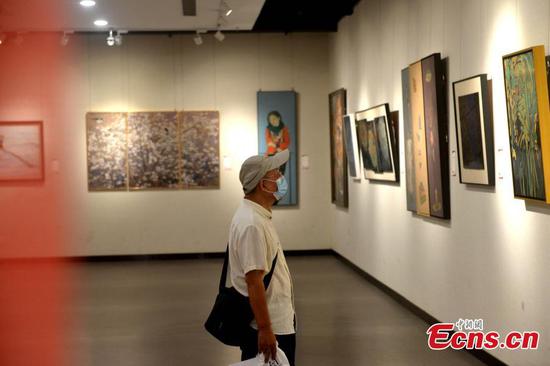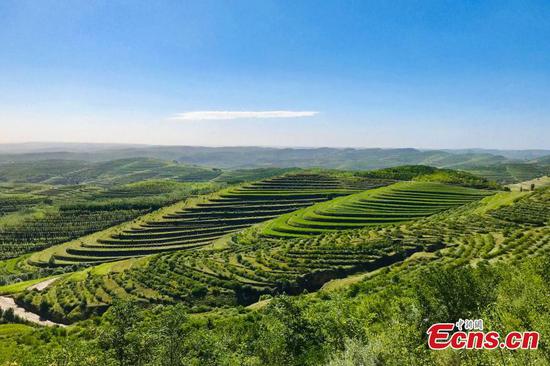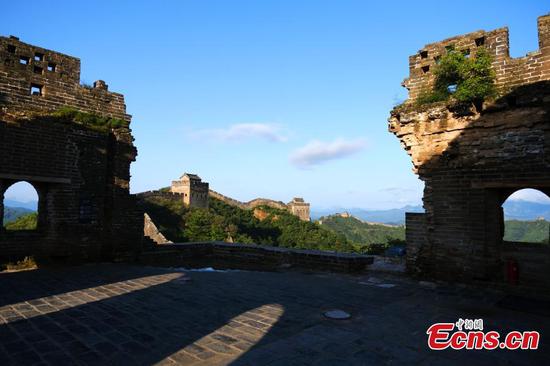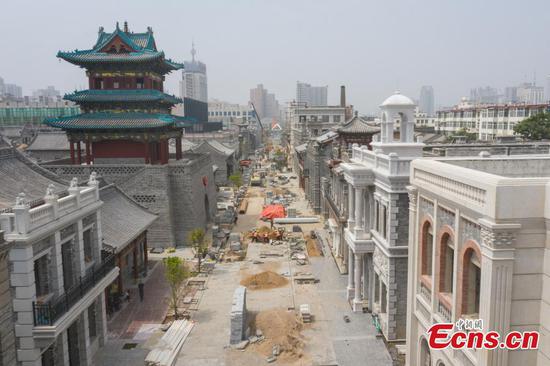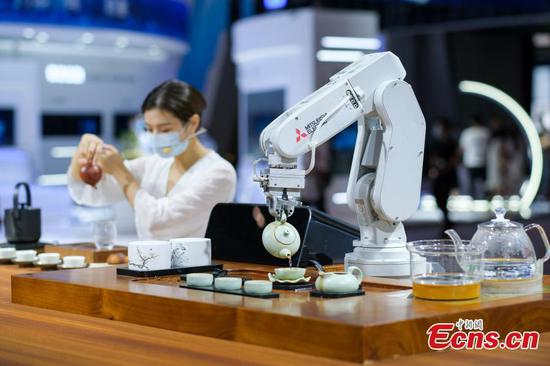
A pear orchard in Dangshan county in East China's Anhui province. (Photo/Xinhua)
The central government has repeatedly pledged to vitalize rural industries and build an industrial-type system.
As such, it is focusing on promoting agricultural modernization and the integrated development of the primary, secondary and tertiary industries in rural areas.
Thriving businesses will help raise farmers' incomes, going all-out to eradicate poverty and bring prosperity to rural areas.
Dangshan, a county in East China's Anhui province, is one of the best examples of an area that is benefiting from the integrated system.
Over thousands of years, the Yellow River, China's second-longest waterway, repeatedly changed course and eventually created some new highlands.
From the 13th century, the river's lower section ran through Dangshan. In the 19th century, though, it changed course and started heading north.
The change left sandy soil in the area around Dangshan. While the loose, saline-alkali soil is not good for most crop cultivation, it is perfect for growing pear trees, an endeavor that has a long history in the county.
In the 1950s, to curb sandstorms and make better use of the land, the local government promoted the large-scale cultivation of pear trees. Its data show that more than 60 percent of local farmland is fruit orchards, mostly pear trees.
The local crisp pear species accounts for more than 70 percent of the county's annual 1.7 million metric tons of fruit.
However, the abundance of pears was once a curse for local residents.
I grew up in a rural part of Hefei, Anhui's capital, and Dangshan's pear farmers impressed me deeply as a child in the 1990s.
When the rice harvest season approached in the middle of autumn, I knew that people who spoke with Dangshan accents would arrive in my village with suli, or crisp pears, having driven their tractors hundreds of kilometers.
I guessed that they knew very well that the villagers would not use cash to pay for the fruit, because we had little money.
Instead, we always proposed exchanging the fruit for our newly harvested rice.
Because some people traveled long distances to exchange pears for the grain, businesspeople also came to the county to buy the fruit after the reform and opening-up policy started in the late 1970s.
Eventually, Dangshan's pears earned national fame, and the businesspeople also introduced the saplings of local pear trees to many northern parts of the country.
Fierce competition and sometimes stagnant sales resulted in many heartbreaking stories.
Recently, on my first trip to Dangshan for interviews, I saw pears hanging off the trees almost everywhere, but the locals said they had been accustomed to the sight for many years.
During the trip, I was pleased to learn that industrialization and e-commerce have made it easier for local farmers to sell their produce.
Some leading fruit-processing companies, including Huiyuan Juice, have been attracted to the county to set up manufacturing bases, and more startups have been founded.
Last year, Dangshan's fruit-processing sector saw output value of 19 billion yuan ($3 billion), while its agricultural products recorded gross sales revenue of more than 6 billion yuan.








